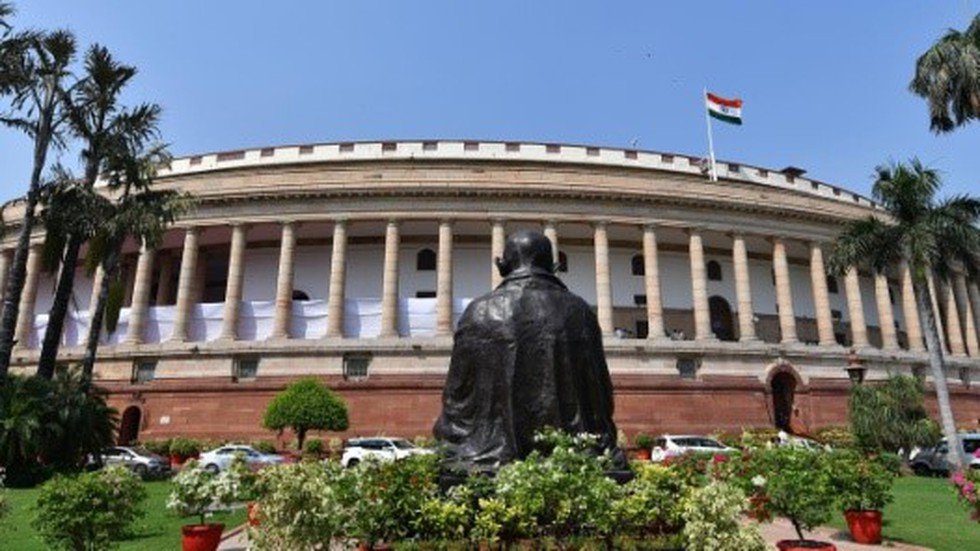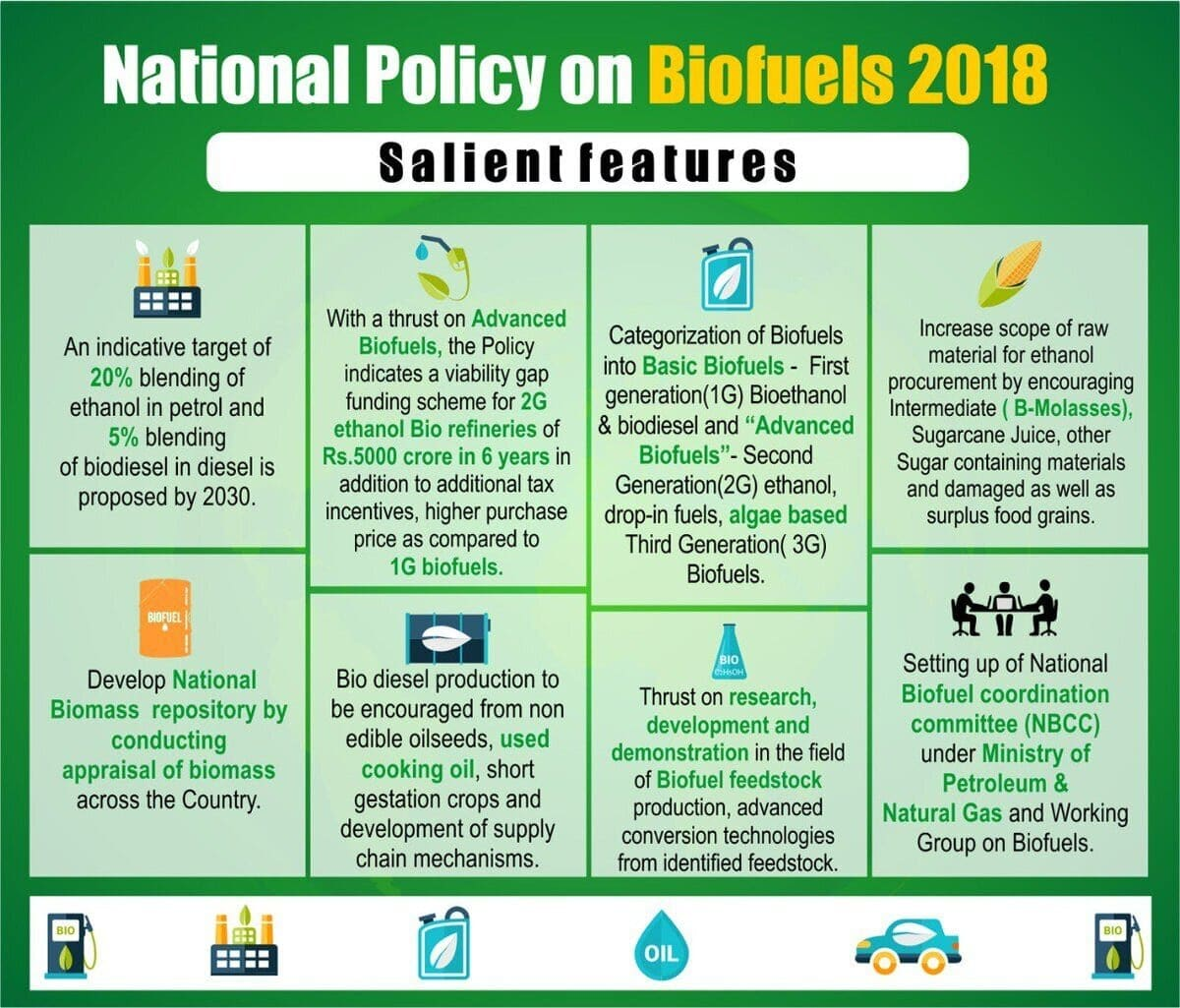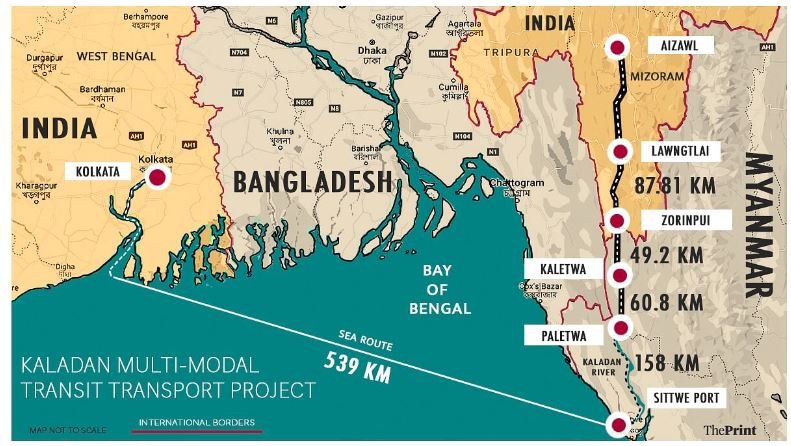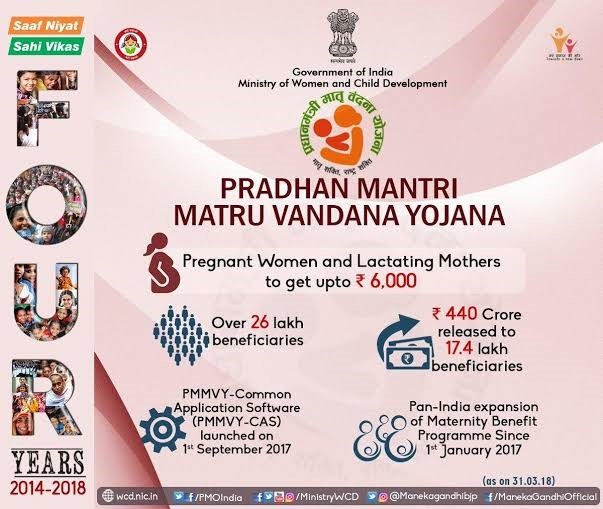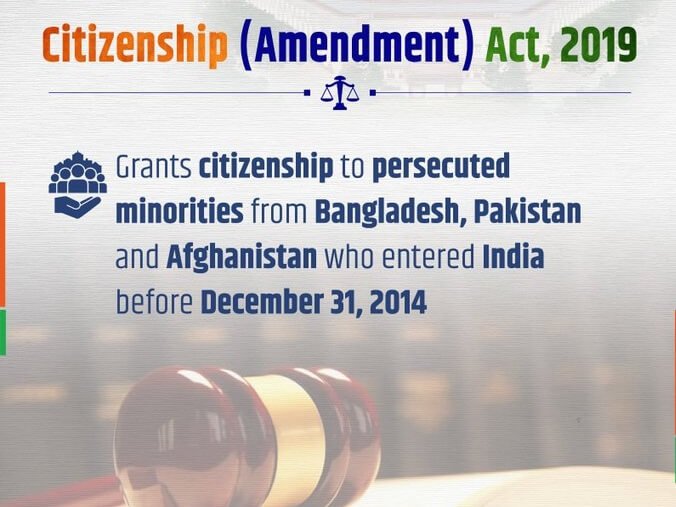
Childcare leave for women is a Constitutional Mandate
Subscribers of "Current Affairs" course can Download Daily Current Affairs in PDF/DOC
Subscribe to Never Miss an Important Update! Assured Discounts on New Products!
Must Join PMF IAS Telegram Channel & PMF IAS History Telegram Channel
- Context (TOI | IE ): The SC has recently declared that denying Child Care Leave to mothers of disabled children violates women’s constitutional rights.
Case Background
- The petitioner approached the court because her son has Osteogenesis Imperfecta, a rare genetic disorder related to brittle bones.
- Her leave application was denied because the state government hadn’t implemented the provision of child care leave, as outlined in Rule 43-C of the Central Civil Services (Leave) Rules, 1972.
Supreme Court Verdict
- It observed that denying mothers child care leave goes against the constitutional duty to ensure the fair treatment of women in employment.
- Women’s participation in the workforce isn’t just a privilege but a constitutional entitlement safeguarded by Article 15 of the IC.
- The Supreme Court directed the Himachal Pradesh government to
- Revise Child Care Leave (CCL) policies for mothers to align with the Rights of Persons with Disabilities Act 2016, particularly for mothers of children with special needs.
Significance of Supreme Court Ruling for CCL to Women
- Addressing Systemic Challenges: The ruling addresses the challenges women face in balancing careers and caregiving, particularly for children with disabilities.
- Gender Disparity and Child Welfare: It highlights how denying childcare leave perpetuates gender gaps in the workforce and compromises the rights of disabled children to proper care.
- Societal Perceptions: The ruling raises awareness of societal attitudes toward caregiving, gender roles, and the inclusion of individuals with disabilities.
- State and Employer Responsibilities: It underscores the importance of implementing inclusive policies that promote gender equality and support working parents, including those with disabled children.
Needs & Benefits of Child Care Leave
- Enhancing Employee Retention and Productivity: It boosts retention rates and productivity, leading to higher female labour force participation rates and economic growth and stability.
- Supporting Working Mothers: It offers crucial support for working mothers to effectively balance their professional and personal responsibilities, recognising their dual roles as caregivers and employees.
- Fulfilling Constitutional Mandates: Empowering Women through Special Provisions under Article 15(3) of the IC helps recognise the disproportionate burden of childcare on women.
- The state is obligated to consider and address such issues hindering women’s participation in productive sectors.
- Increasing Women’s Labor Force Participation: Given the current low labour force participation rate of women, denying childcare leave could further decrease their participation.
- Upholding Article 42 of the IC: It Emphasises maternity relief, promoting childcare leave aligns with the welfare state model in the Directive Principles of State Policy.
Government Initiatives to Improve Female Labour Force Participation in India
-
Codification of Labour Laws: The Government has enacted four Labour Codes-
- Code on Wages, 2019,
- The Industrial Relations Code, 2020,
- The Code on Social Security, 2020, and
- The Occupational Safety, Health and Working Conditions Code, 2020.
- The Code on Social Security, 2020: It extends maternity leave to 26 weeks, requires creche facilities for workplaces with 50 or more employees, and ensures women’s safety during night shifts.
- The Code on Wages, 2019: It prohibits discrimination based on gender in matters relating to wages for work of similar nature.
- Beti Bachao Beti Padhao Scheme: Launched to ensure the survival, safety, and education of female children.
- For Safe and Convenient Accommodation: The Sexual Harassment of Women at Workplace (Prevention, Prohibition, and Redressal) Act, 2013, ensures safe working spaces and protects women against workplace harassment.
- Support for Women Affected by Violence: One Stop Centre (OSC) and Universalization of Women Helpline offer immediate response and support to women affected by violence.
- Skill India Mission: Provides training to enhance female employability through Women Industrial Training Institutes, National Vocational Training Institutes, and Regional Vocational Training Institutes.
- Mahatma Gandhi National Rural Employment Guarantee Act, 2005 (MGNREGA): This act mandates that at least one-third of the jobs generated under the scheme be given to women.
Provision of Child Care Leave in India: Under the Central Civil Services (Leave) Rules, 1972
|








![PMF IAS Environment for UPSC 2022-23 [paperback] PMF IAS [Nov 30, 2021]…](https://pmfias.b-cdn.net/wp-content/uploads/2024/04/pmfiasenvironmentforupsc2022-23paperbackpmfiasnov302021.jpg)


